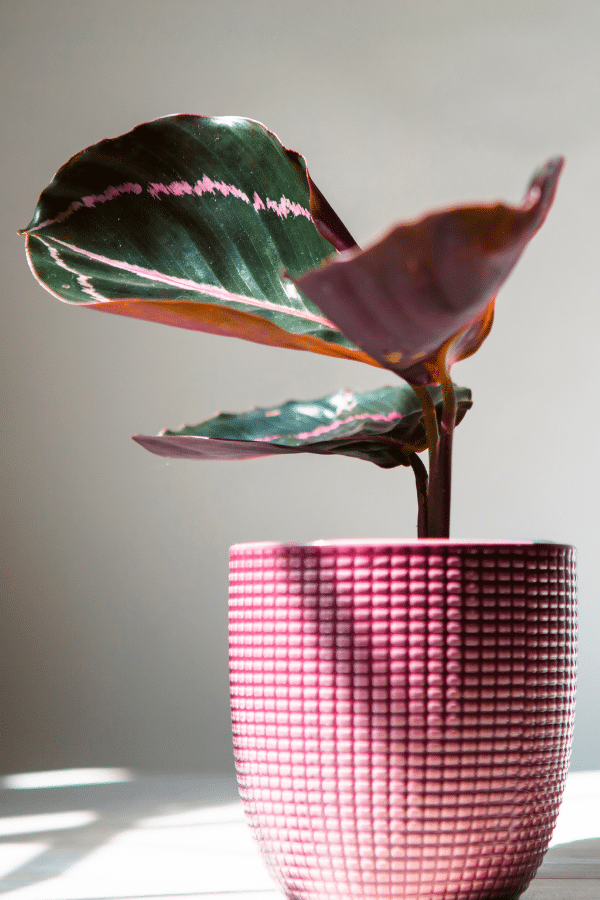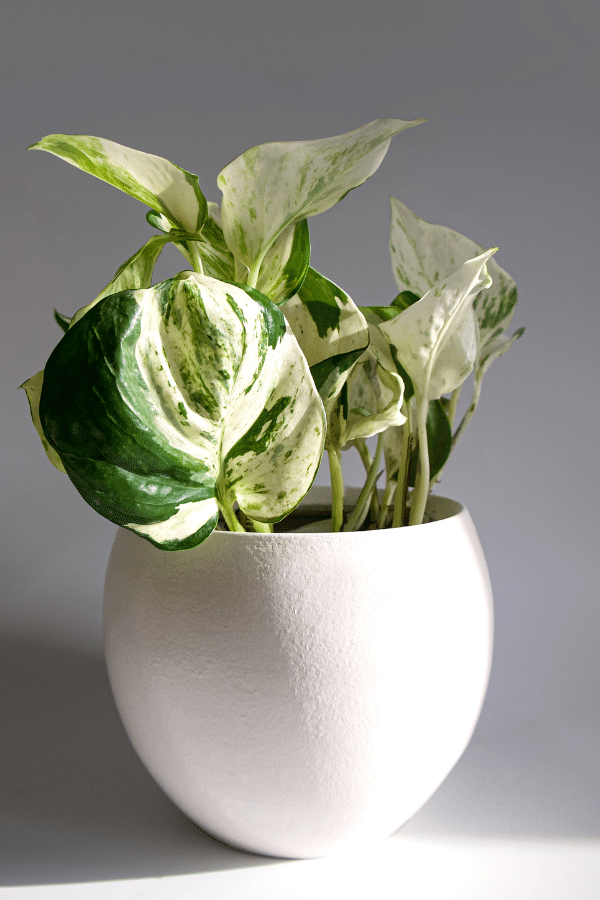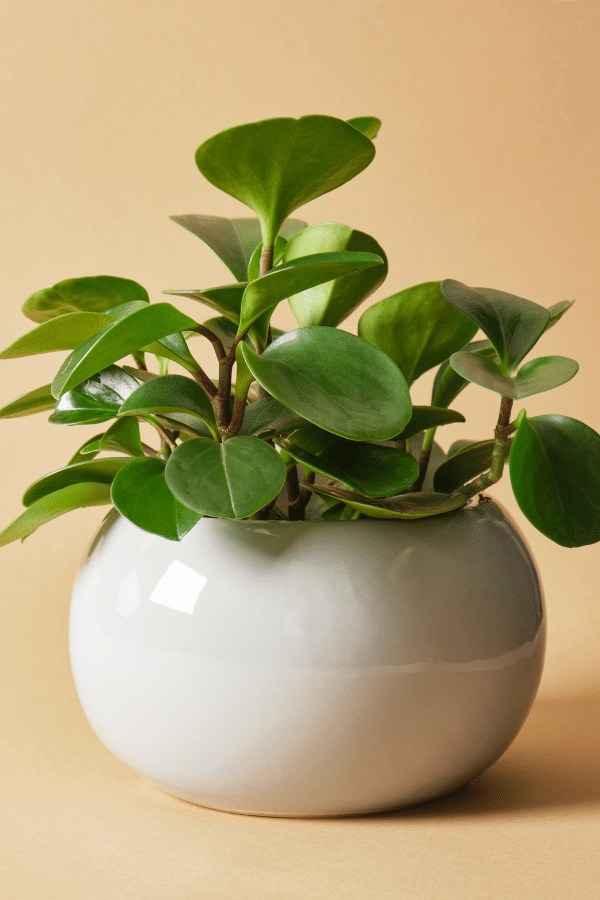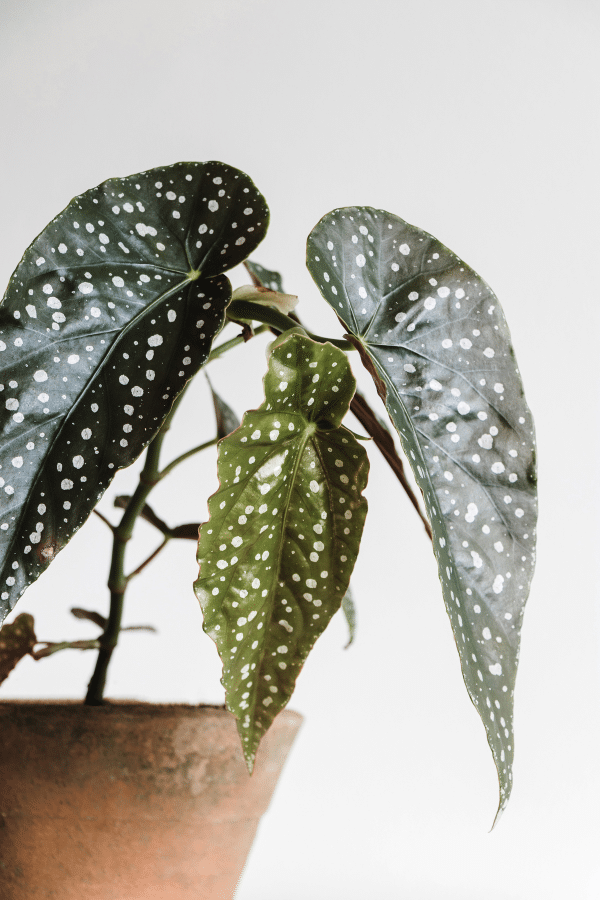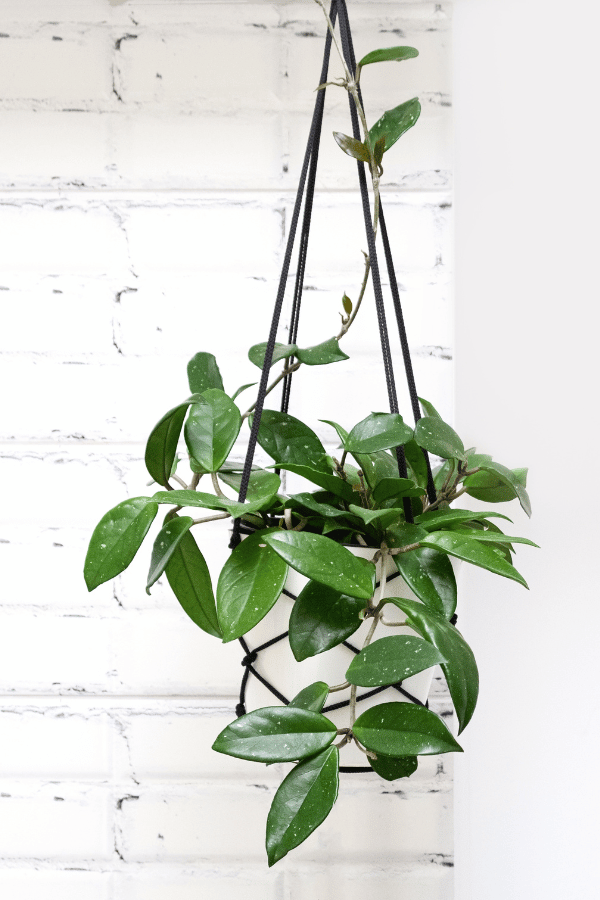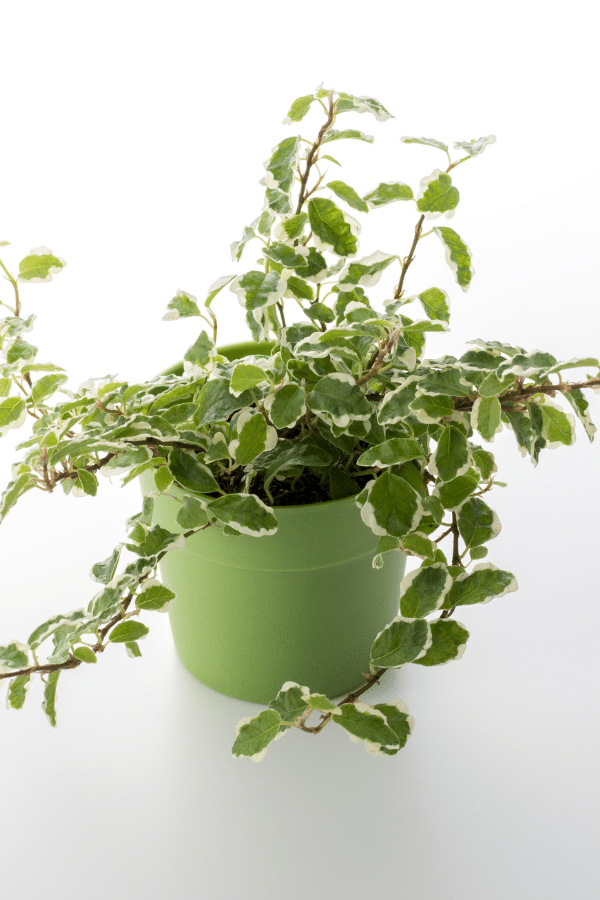Hoya Retusa
Hoya Retusa care is an easy Hoya to grow and care for as it’s very low maintenance. If you are looking for a stringy foliage plant, a Hoya Retusa plant may be for you.
To give this Hoya plant the best care, it requires well-draining soil, water the plant when the top three inches of the soil is dry, provide the plant with bright indirect sunlight, temperatures ranging from 50-80F, and average humidity levels.
Quick Care Overview
| Common Name | Hoya Retusa |
| Scientific Name | Hoya Retusa |
| Family | Apocynaceae |
| Origin | India |
| Growth Rate | Medium |
| Identification | Long, flat and narrow waxy foliage |
| Height | Up to 20 inches tall |
| Soil | Well-draining soil |
| Water | Water when top three inches of soil are dry |
| Temperature | 50-80F |
| Sunlight | Bright indirect sunlight |
| Toxic to Cats & Dogs | Yes |
| Toxic to Humans | Yes |
| Pests | Scale, spider mites, fungus gnats |
| Diseases | Root rot |
Below we will dive deep into this Hoya Retusa care guide.
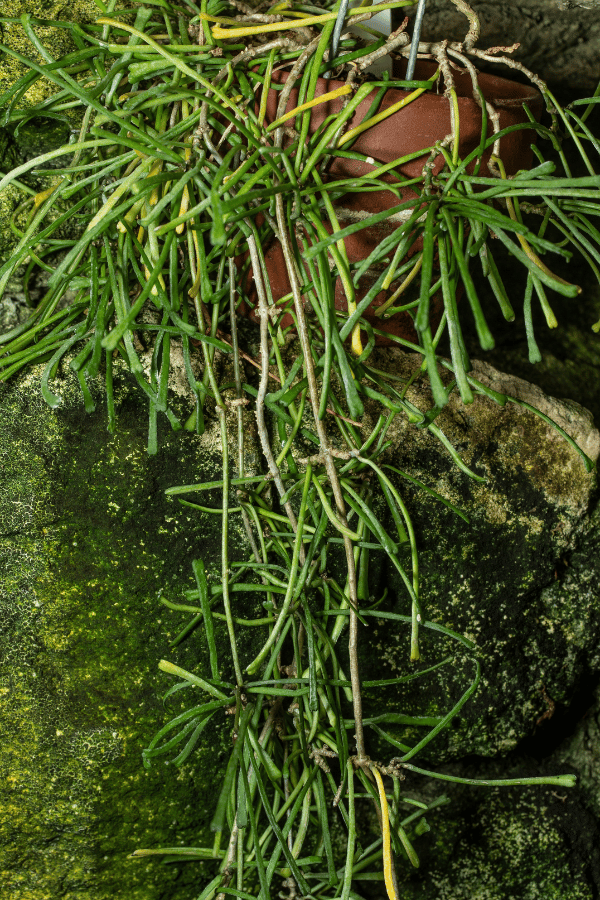
Hoya Retusa History
India native Hoya Retusa is a unique Hoya that stands apart from the rest. This tropical plant is unique in that it features narrow, flat leaves that do not appear to resemble foliage. This Hoya has the classic Hoya flowers with star-shaped centers that produce a delightful lemony scent.
Hoya Retusa Identification
This ornamental evergreen plant features long, flat, narrow, waxy foliage. This plant will have a bushy appearance as it matures. Its white blooms have the classic star-shaped center that will be a dark maroon color.
Hoya Retusa Growth Facts
Hoya Retusa grows at a medium rate and will of course, put out a lot more growth in summer with more daylight than its counterpart, winter.
How Big Does a Hoya Retusa Get?
Hoya Retusa may grow up to 20 inches tall.
Hoya Retusa Care
This low-maintenance, easy-to-care-for plant looks lovely when grown in a hanging basket or container.
Hoya Retusa Soil
Your Hoya will like to be grown in an airy, well-draining growing medium. You may create a perfect mix by combining coco coir with perlite.
Hoya Retusa Fertilizer
Hoya Retusa is not considered a heavy feeder and will not require much fertilization. Still, it will benefit from diluted feeding from a liquid, balanced fertilizer indicated for houseplants during the growing season. Do not overfeed, and do not feed your plant in winter.
Hoya Retusa Watering
As Hoya’s are sensitive to overwatering, you should only rewater your plant when the top 3-4” of soil has dried. As it is better to underwater than overwater, if in doubt, hold off for a day longer. Depending on growing conditions, you will likely need to water 1-2 times weekly during the summer. Watering frequency should be reduced in winter. Keep in mind that Hoya’s are sensitive to chemicals in tap water. Therefore, it is ideal to water with rainwater, distilled, or filtered water.
Hoya Retusa Light Requirements
Hoya Retusa will prefer to be grown in bright, indirect light but will tolerate being kept in lower light conditions. However, too much direct sunlight will lead to sun scorching. A west or southern-facing window should work wonderfully for your Hoya Retusa.
Hoya Retusa Temperature & Humidity
As a tropical plant, this plant likes to remain warm and humid. Yet interestingly this plant will benefit from lower nighttime temperatures, around 50 degrees Fahrenheit. It would be best if you strived to keep this plant between 50 to 80 degrees Fahrenheit. This plant does not tolerate extreme heat, cold, or temperature fluctuations very well. Ensure that you do not place your plant near heaters, drafts, vents, or AC units. Hoya Retusa will tolerate average indoor humidity but will benefit from added humidity such as from misting, a humidifier, or a pebble tray.
Repotting Hoya Retusa
You should aim to repot your Hoya Retusa around every two years or whenever you see roots escaping from the plant container’s drainage holes. Select a container that is 1-2 inches larger than the previous one.
Hoya Retusa Maintenance & Pruning
Periodically prune back your Hoya to keep its growth looking tidy and uniform. Remove any dead, discolored, or diseased foliage using sharp, clean shears. Any overgrown portion of the plant may be trimmed away to keep it the shape and length that you prefer. Just ensure that you do not cut back too much of the plant at once, as this may send it into shock.
Hoya Retusa Propagation
Hoya Retusa may be easily propagated through stem cuttings. Spring is the best time to propagate. To propagate, select a stem that is around 6-7 inches long and cut using sharp, clean shears. Rooting hormone is optional but may boost your chances of successful propagation. Place the cutting into soil and water thoroughly and place in indirect light.

Hoya Retusa Toxicity
Toxicity to Humans
Hoya Retusa is considered toxic to humans and should not be ingested. Keep this plant out of reach of babies and small children.
Toxicity to Cats & Dogs
Unfortunately, Hoya Retusa is considered toxic to pets. Therefore, do not allow your cat or dog to ingest this plant. If you suspect your pet has eaten this plant, contact your veterinarian or animal poison control.
Hoya Retusa Problems
Hoya Retusa Leaves Turning Yellow
The number one cause of yellowing foliage, when it comes to Hoya Retusa is due to overwatering. Ensure that you do not overwater your plant or allow it to sit in excess water within the plant container’s drainage tray.
Hoya Retusa Leaves Turning Brown
When the foliage of your Hoya Retusa turns brown, it is typically due to exposure to too much direct sunlight.
Hoya Retusa Diseases
Hoya Retusa is considered relatively disease-resistant, yet it still may experience issues, often due to overwatering. Ensure that you do not overwater your Hoya, as this is the number one cause of issues with this plant.
Hoya Retusa Pests
Although Hoya Retusa is considered relatively pest-resistant, it still may become susceptible to infestation from common indoor houseplant pests, such as scale, spider mites, and more. Periodically inspect your plant for signs of infestation. Upon identification of an infestation, isolate your plant, and treat it with a pesticide such as insecticidal soap or neem oil,

